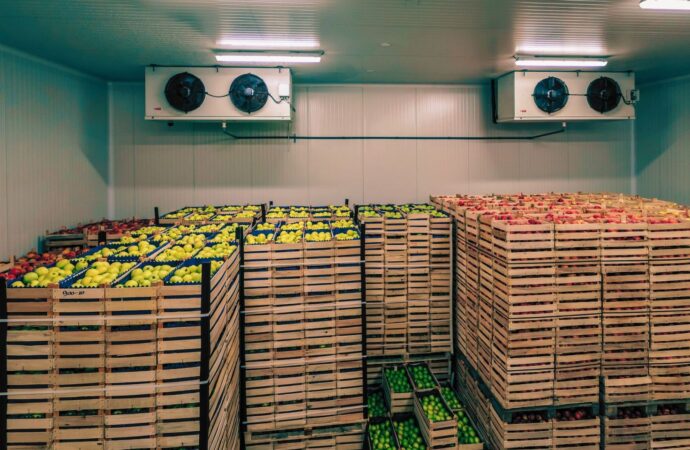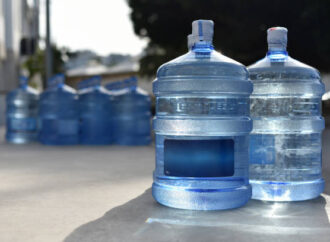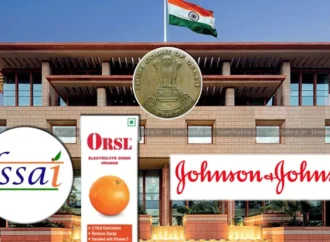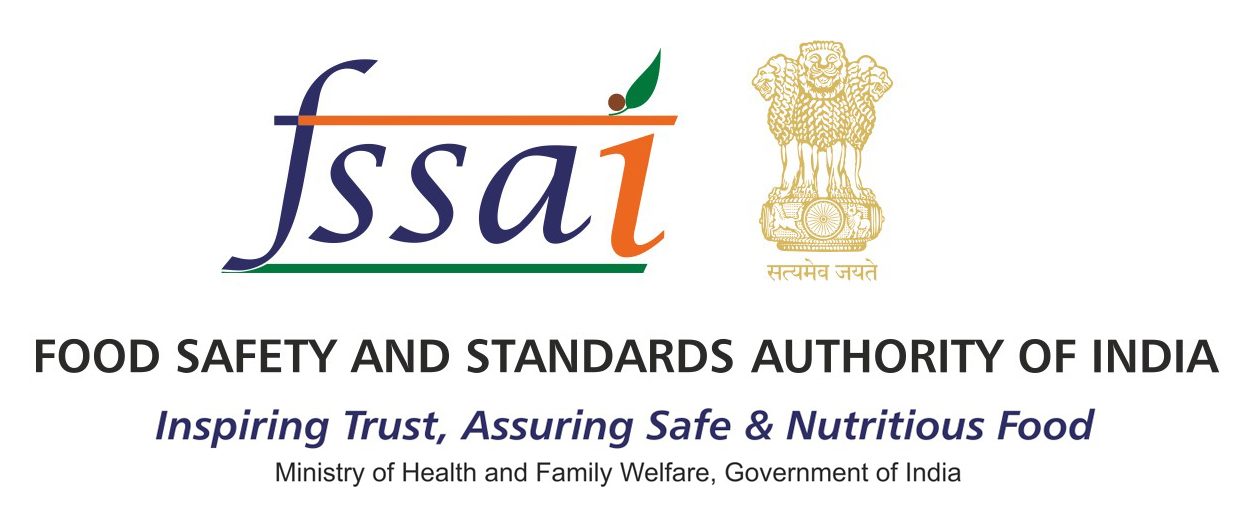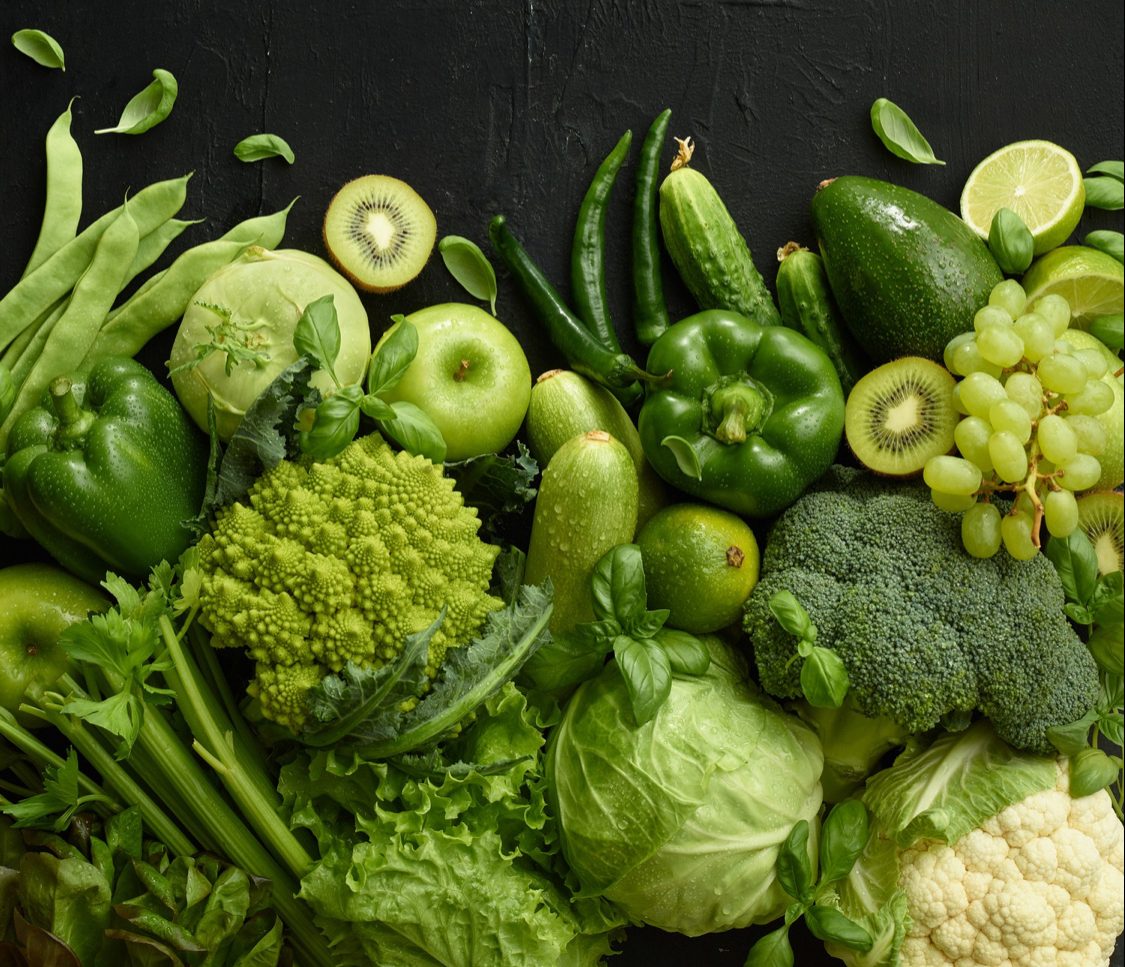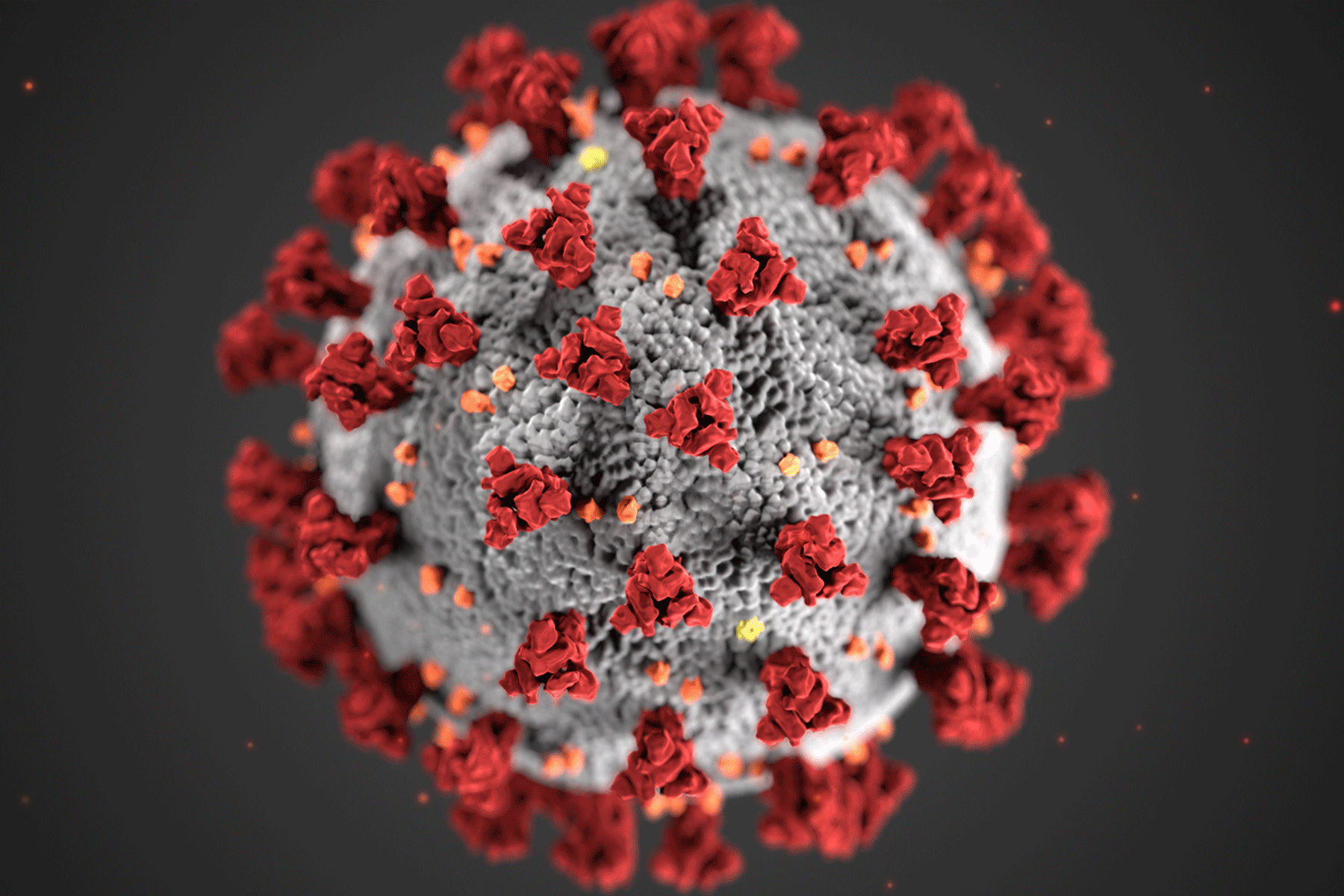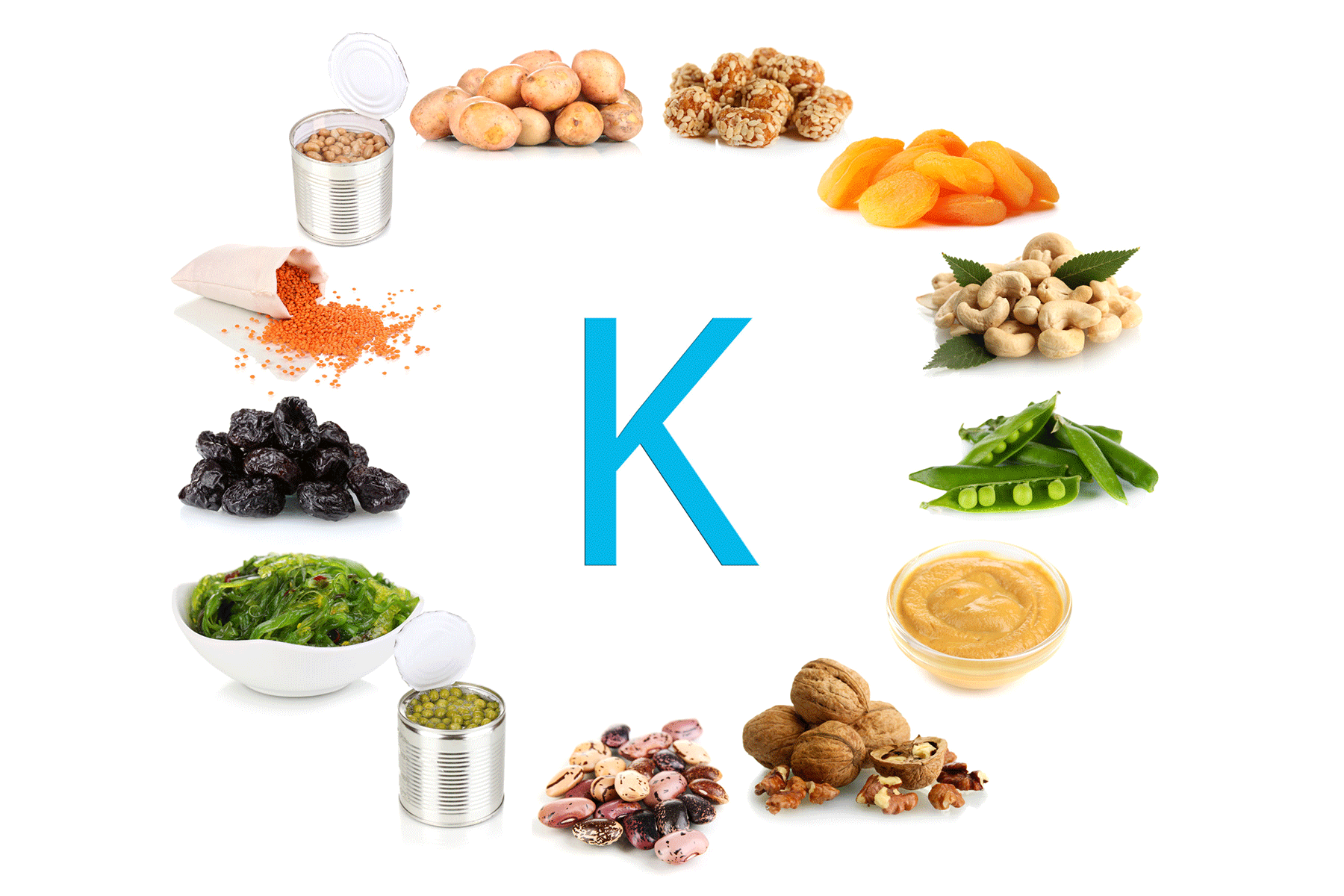When you pick up fresh produce, milk, or a frozen pizza from the store, have you ever wondered how it stays fresh and safe? The answer lies in the food cold chain. This system ensures that perishable food stays safe, fresh, and high-quality by keeping it at the right temperature from farm to table. The cold chain involves maintaining optimal temperatures during storage, transportation, and distribution, preventing spoilage and bacteria growth. In this article, we’ll explore what the food cold chain is, why it’s essential, and how it helps protect the quality and safety of our food.
What is the Food Cold Chain?
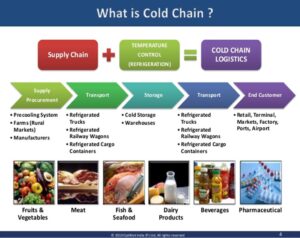
Simply put, the food cold chain involves storing, transporting, and distributing perishable food products at controlled temperatures. This system prevents spoilage, reduces harmful bacteria growth, and preserves food’s quality and nutritional value. Whether a refrigerated truck carries fruits and vegetables or a freezer transports frozen meals, the cold chain plays a crucial role in food safety. Temperature control is key. Keeping food at the right temperature stops it from spoiling. For example, frozen foods must stay below -18°C (0°F), while dairy and meat products should remain between 0°C and 4°C (32°F to 39°F).
Why is the Food Cold Chain Important?
The cold chain plays a vital role for several reasons:
- Prevents Foodborne Illnesses: Many bacteria, such as Salmonella, E. coli, and Listeria, thrive in warm environments. By keeping food at the right temperature, the cold chain prevents these harmful microorganisms from growing, reducing the risk of foodborne illnesses. It helps maintain the safety of perishable foods by slowing bacterial growth.
- Preserves Food Quality: The cold chain not only prevents spoilage but also preserves food’s taste, texture, and appearance. It keeps fresh fruits and vegetables crisp, meat tender, and dairy products creamy by storing them at optimal temperatures.
- Extends Shelf Life: The cold chain extends food’s shelf life by maintaining the right temperature. As a result, consumers enjoy fresh-tasting food for longer, and businesses reduce food waste.
- Complies with Food Safety Standards: Many countries enforce strict food safety regulations that require food products to stay at specific temperatures. The cold chain ensures businesses follow these regulations, protecting consumers from unsafe food.
How Does the Cold Chain Work?
The cold chain works in stages, with each stage being crucial to maintaining food integrity:
- Harvesting and Packing: When food is harvested, it often goes straight into cold storage to preserve freshness. For example, fruits may get refrigerated, and meats might be chilled or frozen. This marks the first step in the cold chain, occurring right at the farm or food processing facility.
- Transportation: After food is harvested or processed, it gets transported to warehouses, distribution centers, and stores in temperature-controlled trucks, trains, or ships. These vehicles are equipped with refrigeration or freezing systems that maintain the right temperature.
- Storage and Distribution: Once food arrives at its destination, it goes into refrigerated or frozen storage until it’s ready to ship to stores or directly to consumers. Retail stores also have refrigerated displays and freezers to keep food at the correct temperature until you buy it.
- Retail and Consumer: When you pick up a carton of milk or a bag of frozen peas from the store, it’s essential to keep the cold chain intact. Once at home, you should promptly store food in the fridge or freezer to prevent spoilage.
Challenges in the Cold Chain
While the food cold chain is essential, maintaining it can be tricky. Some of the challenges include:
- Temperature Fluctuations: Any break in the cold chain causes food to warm up, even for a short time. When the temperature rises above the safe range, bacteria can grow, making the food unsafe. Power failures, equipment malfunctions, or delayed deliveries disrupt the cold chain.
- Cost: Maintaining the cold chain costs a lot. Refrigerated trucks, cold storage facilities, and temperature-monitoring systems require significant investment. Smaller businesses often struggle to afford the equipment needed to maintain proper temperature control.
- Logistics: Transporting food over long distances, especially internationally, makes it harder to keep the cold chain intact. For example, seafood faces a higher risk of spoilage during transport.
How is the Cold Chain Monitored?
Technology plays a vital role in ensuring the cold chain remains intact. Businesses use various tools to monitor and control temperatures during transportation.
- Temperature Sensors: Provide real-time updates and alerts for any temperature changes.
- Smart Labels: Track temperature and conditions to ensure safety.
- GPS Tracking: Monitor food location and ensure it stays on the right path.
- Temperature Data Loggers: Record temperatures throughout the journey and trigger alarms if out of range.
- Blockchain Technology: Create an unalterable record of the food’s journey, ensuring cold chain integrity.
Conclusion
The food cold chain is an invisible but essential part of the food industry. It ensures perishable foods reach us safely without spoiling or becoming contaminated. By keeping food at the right temperature from farm to table, the cold chain prevents foodborne illnesses, preserves quality, and helps reduce food waste. As technology improves, the cold chain will become even more efficient, ensuring we continue to have access to safe, fresh food every day. So, next time you pick up a chilled bottle of juice or a frozen dinner, remember: the cold chain made it possible for you to enjoy it at its best.
 Food Manifest
Food Manifest 